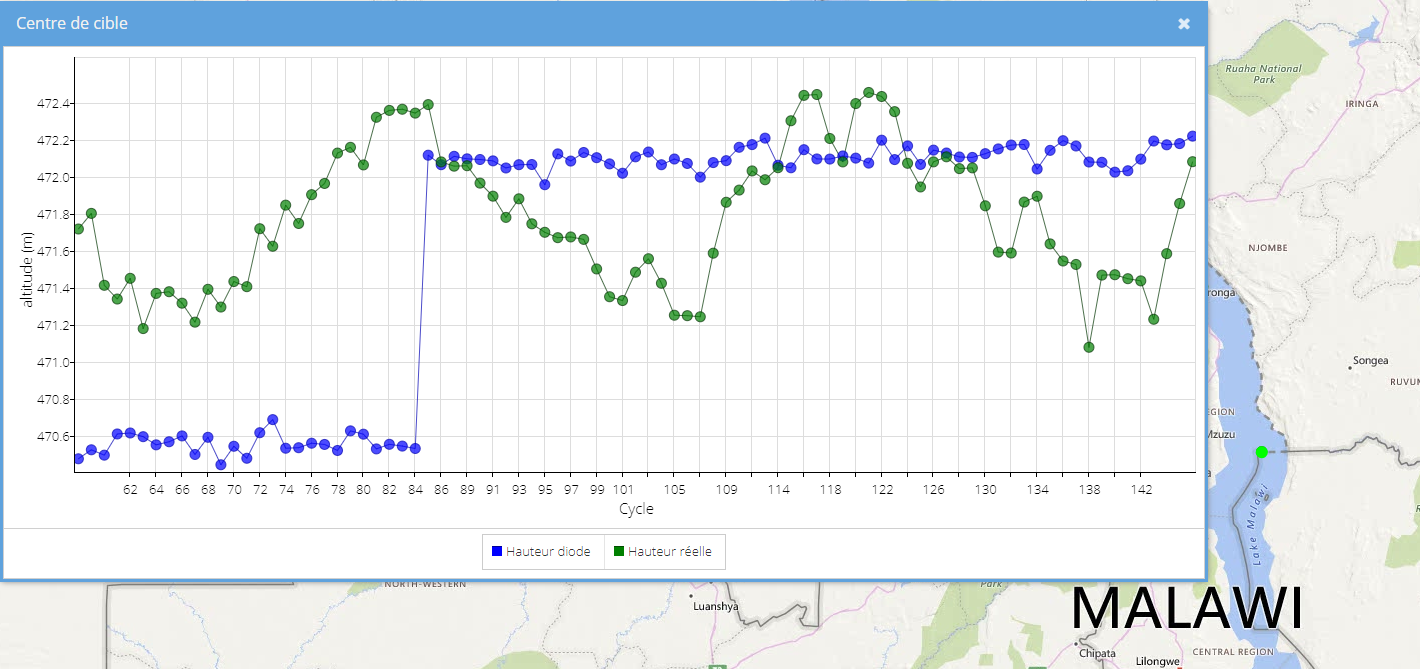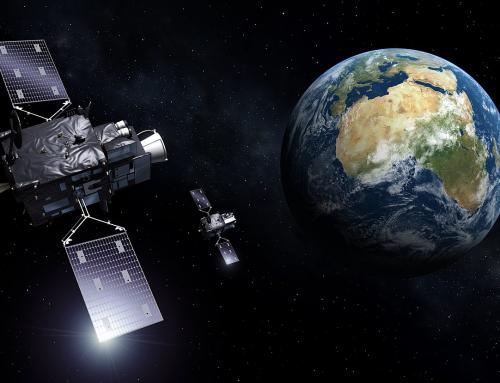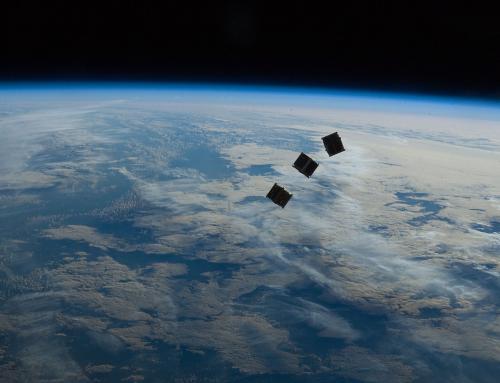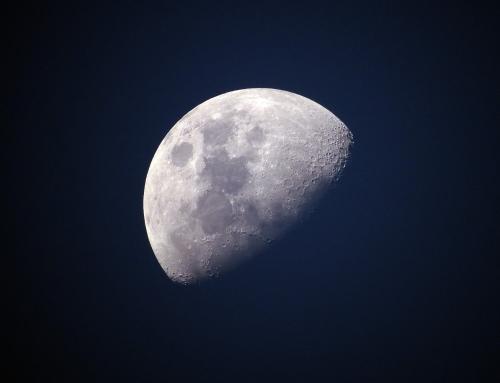Generating an a priori command to monitor hydrological targets elevation through spatial altimetry
In the frame of the OLTC project, NOVELTIS is in charge of elaborating Digital Elevation Model (DEM) for Sentinel-3A&B and Jason-3 altimetry missions and validating the data acquired over hydrological targets by these altimeters.
Project details
Categories:
Tags:
Share this project:
Generating an a priori command to monitor hydrological targets elevation through spatial altimetry
In the frame of the OLTC project, NOVELTIS is in charge of elaborating Digital Elevation Model (DEM) for Sentinel-3A&B and Jason-3 altimetry missions and validating the data acquired over hydrological targets by these altimeters.
Project details
Categories:
This figure shows an example of the OLTC use to monitor lakes. The blue plot represents the on-board command from the Jason-3 DEM generated by the new NOVELTIS method over Lake Malawi. The lake’s elevation practically measured by the Jason-3 altimeter is shown in green. Considering the measures from cycles 56 to 84 (first part of the plot) the a priori command over the Lake was corrected (from 470 to 472m). The altimeter is able to precisely keep track of the seasonal variations of Lake Malawi thanks to its DEM.
Means used
NOVELTIS has developed and maintained an innovative method to generate and optimize the DEM of satellite altimeters, taking into account the various constraints and centralizing the information from various databases.
A specific diagnosis has also been developed to attest the correct detection of a target by the altimeter. It is currently used for performance validation purposes.
NOVELTIS has also made available the website altimetry-hydro.eu dedicated to all users wishing to contribute to the hydrological database used to generate the on-board DEM.
Results
NOVELTIS got very promising results with detection rates of hydrological targets (rivers and lakes) up to 90%. The results were so satisfactory that the SRAL altimeter of the Sentinel-3 mission is currently operated in OLTC mode.






